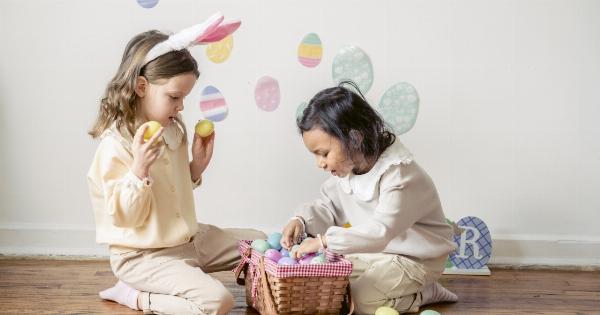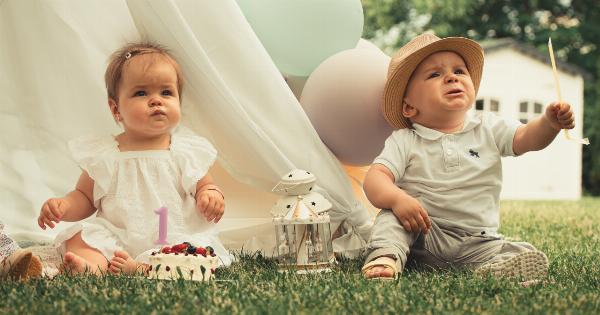Easter is a joyous holiday that holds a significant place in many cultures and religions around the world. It is typically celebrated in the spring and is associated with the resurrection of Jesus Christ in Christian traditions.
For youngsters, understanding the meaning and significance of Easter can be a bit challenging. In this article, we aim to explain Easter in a simplified manner that is easy for children to comprehend.
1. The Origins of Easter
Easter has its roots in ancient pagan festivals that celebrated the arrival of spring and the rebirth of nature. These festivals symbolized fertility and new beginnings.
Over time, Easter became closely associated with the Christian belief in the resurrection of Jesus Christ.
2. The Symbolism of Easter Eggs
Easter eggs are a common symbol associated with this holiday. Eggs represent new life and fertility. In Christianity, Easter eggs are often colored to symbolize the joyful and vibrant nature of the resurrection.
Children love participating in Easter egg hunts, where they search for hidden eggs as a fun way to celebrate the holiday.
3. The Easter Bunny
The Easter Bunny is another beloved symbol of Easter. Children often wonder why a bunny is associated with this holiday. The bunny has roots in ancient fertility festivals, where it was considered a symbol of new life.
Over time, it became intertwined with Easter, bringing joy and happiness to children by delivering Easter eggs and gifts.
4. Palm Sunday and the Arrival of Jesus
Palm Sunday is an important event that marks the beginning of Holy Week, which precedes Easter Sunday. It commemorates Jesus’ triumphant entry into Jerusalem, where people waved palm branches to welcome him.
This event can be compared to a grand parade and signifies the start of a significant week for Christians.
5. The Last Supper
The Last Supper is a crucial event that took place on the Thursday before Jesus’ crucifixion. It was a final gathering of Jesus and his disciples to share a meal together.
During this meal, Jesus instituted the sacrament of Holy Communion, where bread and wine represent his body and blood. This act holds great significance in Christianity and is remembered during Easter.
6. Good Friday and the Crucifixion
Good Friday is the darkest day in the Easter story. It marks the crucifixion of Jesus Christ, where he was nailed to a cross and suffered an agonizing death.
Despite the sadness surrounding this event, it is called “Good Friday” because it represents Jesus’ sacrifice for the forgiveness of sins and the hope of new life through his resurrection.
7. The Resurrection: Easter Sunday
Easter Sunday is the most important day in the Easter story. It commemorates the resurrection of Jesus Christ from the dead, three days after his crucifixion.
The resurrection is considered a powerful symbol of hope and redemption, signifying that death does not have the final say. Christians celebrate this day with joy and gratitude for the new life offered through Jesus’ resurrection.
8. Rejoicing and Celebration
Easter is a time of great rejoicing and celebration in many cultures. Churches and families often gather for special services, meals, and activities. Children enjoy participating in Easter parades, wearing new clothes, and receiving gifts.
It’s a time for families to come together, share love, and cherish the blessings of life.
9. Easter Traditions Around the World
While the core meaning of Easter remains the same, different cultures have unique customs and traditions associated with this holiday.
In Greece, for example, people engage in a game of “Egg Tapping” where they try to crack each other’s eggs. In Sweden, children dress up as “Easter witches” and go door-to-door, exchanging drawings and paintings for sweets and treats.
10. The Importance of Love and Kindness
Ultimately, Easter is a holiday that reminds us of the importance of love and kindness. It teaches children the value of sacrifice, forgiveness, and the power of second chances. It encourages them to be compassionate, caring, and to spread joy to others.






























